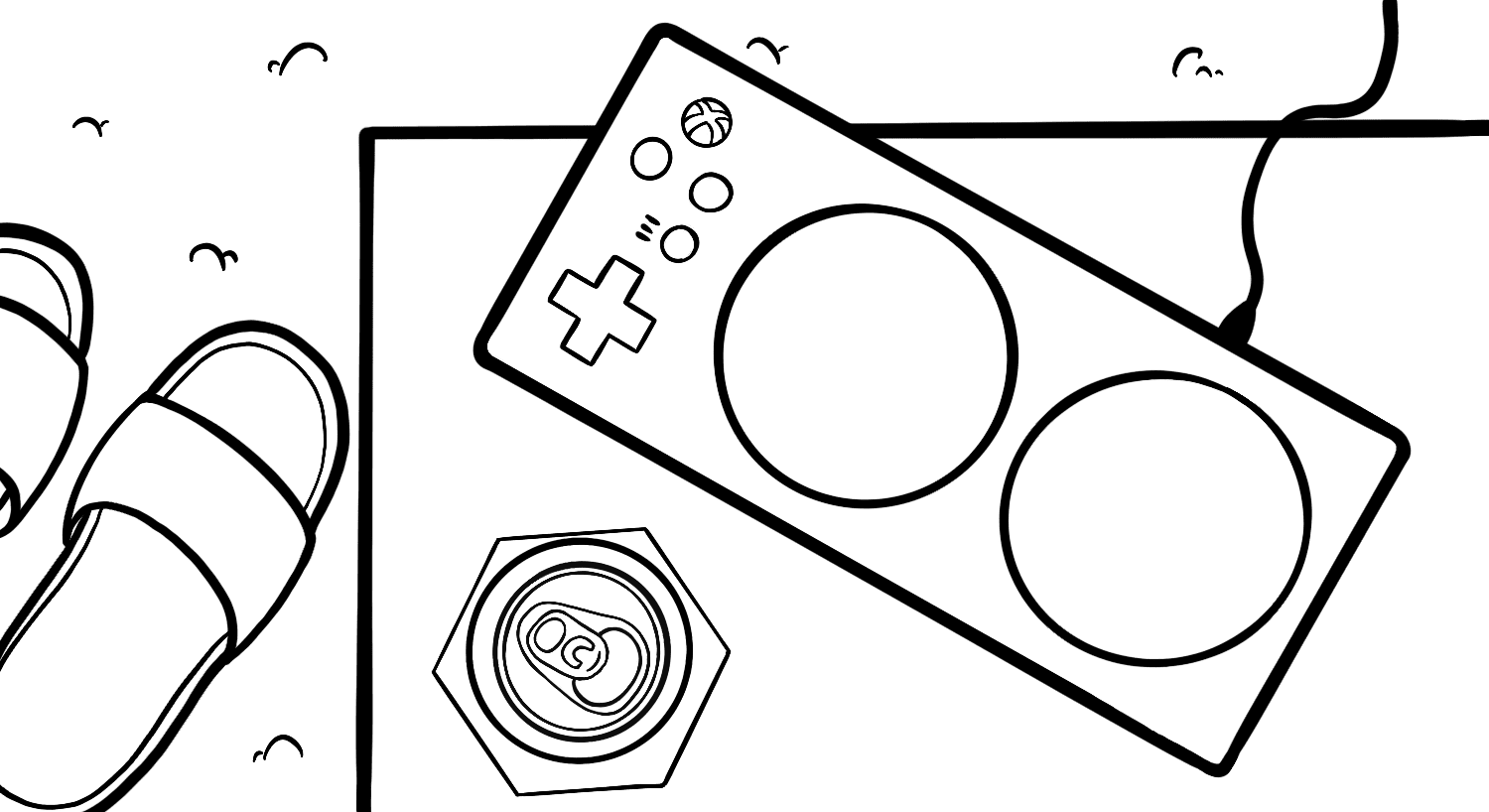What is Alternative Navigation?
Alternative navigation is any type of assistive technology that replaces a standard keyboard or mouse. It is primarily used by those with physical mobility challenges.


Alternative Navigation defined:
Alternative navigation is a collective term for a group of assistive technologies that replace the standard keyboard, mouse, or touch screen. It is used by people who have physical challenges that would make it difficult or impossible for them to use these devices.
The term came about because it is sometimes useful to group assistive technologies that aren’t used by people with sensory challenges together. Instead of using assistive technology to help them perceive content, alternative navigation users need assistive technology to help them operate interfaces. This can result in a different set of needs and expectations from those with sensory challenges.
Assistive technologies grouped under alternative navigation include: voice recognition, switch systems, head mice, eye tracking, adapted keyboards (that may be intended for one-handed use, have larger keys, or require less pressure to activate), sip and puff, mouth sticks, adaptive controllers, and more.
Some of the largest companies in the alternative navigation space include Grid3, Nuance, and Tekla. As well, many products from Google, Apple, and Microsoft have support for alternative navigation hardware and software built-in to their products.
Unlike with some other types of assistive technologies, many alternative navigation users will use multiple types of assistive technology at the same time. For example, someone might use Dragon Naturally Speaking instead of typing, but an adaptive mouse when text input isn’t required. This way, each person customizes the solutions they use, based on their exact physical needs.

